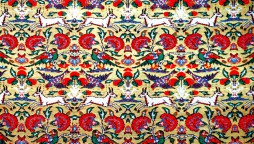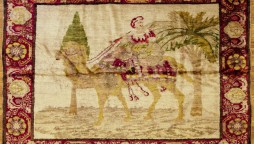Election 2016: Red, White and Blue in Rugs
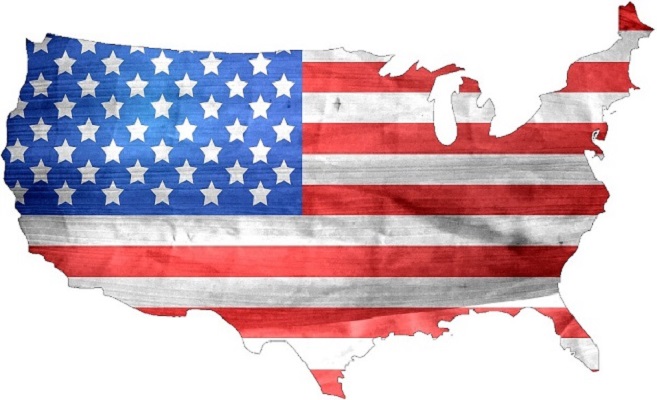
In the next week, Americans will be voting for their preferred candidate for the office of President of the United States. Since this event only takes place every four years, we thought it was an opportune time to pay homage to the occasion in a unique way by exploring the origins of materials and dyes used in Oriental rugs.
Specifically, we’ll be looking at what types of materials are used in rugs, and how the artists that produce them come to create the natural reds and blues found in many handmade carpets, as well as the natural colorings of the materials themselves. That being said, let’s celebrate this year’s election by digging a little deeper into what makes up the colors of an Oriental rug.
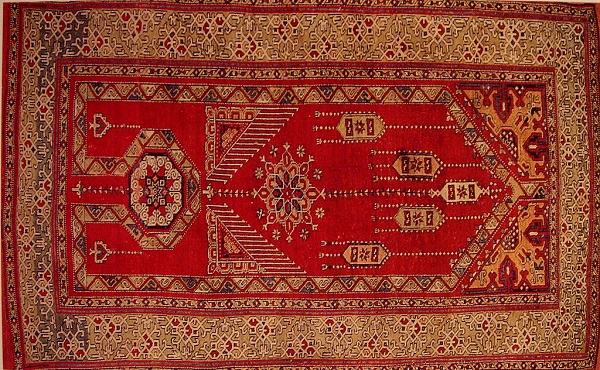
Natural Red Dyes in Rugs
Depending on where a handmade rug is being manufactured around the world, there are a variety of ways that natural, red tints make their way into Oriental, Persian and Turkish rugs.
From the plant kingdom come some of the richest reds in handmade rugs, where the dye is produced by crushing the roots of a vine-like, or “climbing” plant, identified as madder. Known as Rubia tinctoria to botanists, madder has been used to create dyes since prehistoric times, and is found in numerous areas across the globe—even being discovered on linens in Tutankhamun’s tomb and in a written record by Pliny the Elder in Rome.
Other less-utilized plants used in making red dyes include various lichens, henna, munjeet (or Indian madder), bloodroot and a few others. Yet few are as pronounced in the red category as the cochineal insect, where carminic acid is processed from the insect to yield carmine, giving both cotton and wool a deep crimson or scarlet coloring.
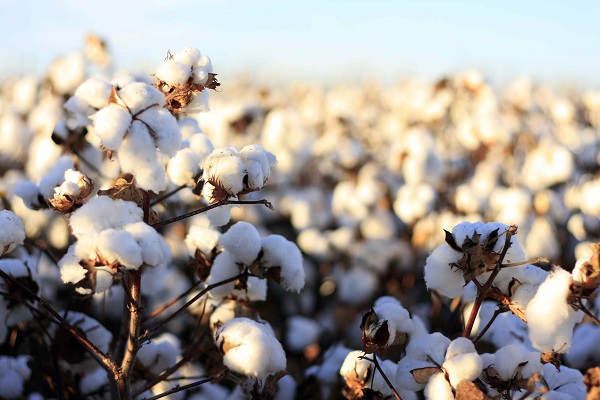
Natural White in Rugs
Just as white symbolizes purity on the American flag, it’s also a symbol of the purity of materials being used in most Oriental rugs.
The most common types of materials you’ll find in handmade rugs are cotton and wool. In the case of cotton, which usually serves as the foundation of modern-day rugs, the material is either cultivated from fields indigenous to the region where the rug is being made, or is procured through purchase or trade in the local markets after coming from other countries.
Naturally white in appearance, cotton is preferred as the rug’s foundation mainly due to its ability to withstand more tension, and its reluctance to shrink unevenly—in direct opposition to wool, which may buckle if not cleaned professionally and then stretched before fully drying to make it lie flat and parallel.
Wool, on the other hand, does offer a white quality when it is being used in rugs, but often requires an extensive washing process to be completed beforehand, allowing its natural luster and lightness to shine through. The quality of the wool also has a profound impact on the clarity of the rug’s whiteness and strength, thus leaving many artists who do high-end rugmaking to seek out wool sellers from countries and villages known for having superior herds.
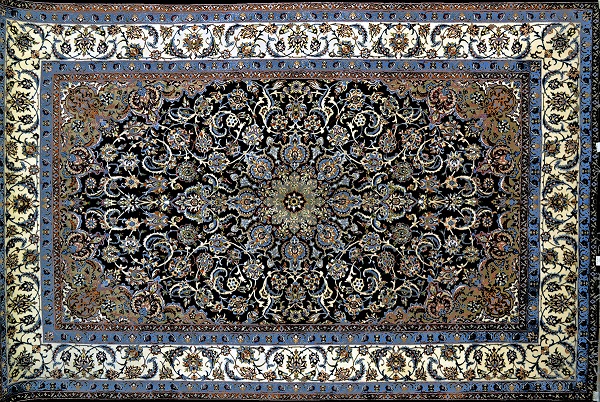
Natural Blue Dyes in Rugs
It’s a little unusual that blue, a color found in the visible spectrum, is derived from most of its sources as the color indigo, which lies between blue and purple on the color chart.
Since blue is not usually found among insect life, or is too hard to obtain through sensible processing methods, the color is often derived from plants that contain indigo dye in its natural form. Fortunately for India and Asia, however, the color is readily available from its various indigo-containing species of Indigofera tinctoria plants.
Nevertheless, two related species are also found in Central and South America, known as the Indigofera suffruticosa and Indigofera arrecta plants respectively. And though Europeans have a history of purchasing their natural blue dyes from India, blue-producing plants in the region include woad, which originally came from Assyria and the Levant, but has grown in Northern Europe for well over two millennia.
While other sources exist, these primarily make up the blue tints you’ll find in handmade rugs, sometimes being muted for lighter hues, or boldly utilized for a startling field of navy blue as seen in the rug above.
So, as the election takes place next week, and we place our votes for the President of the United States of America—under one red, white and blue banner—we can also think back to the origins of these colors in our global history, and their direct relation to the art of Oriental rugs.

